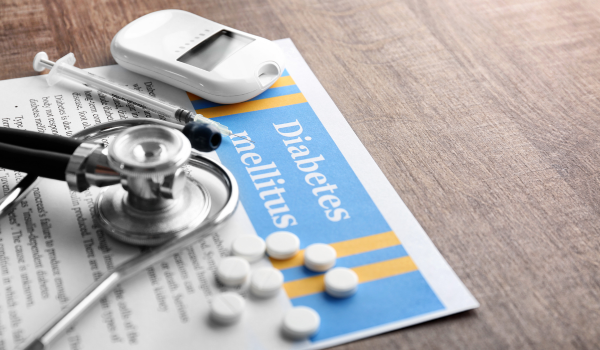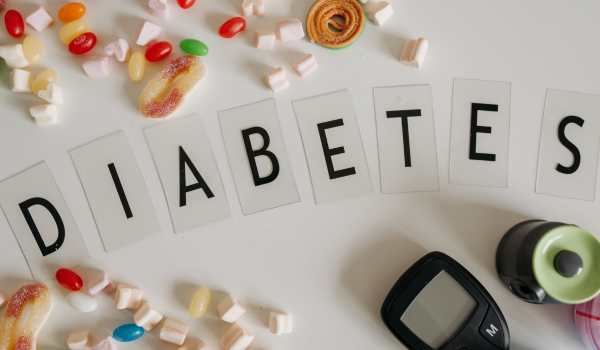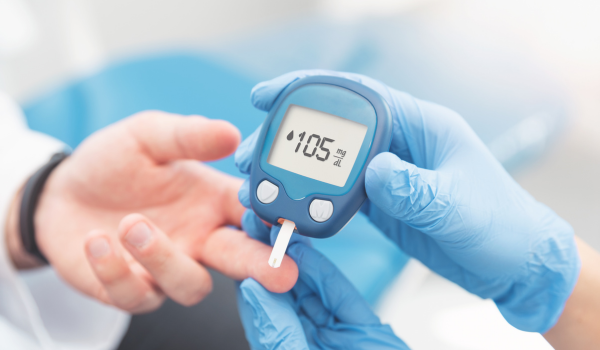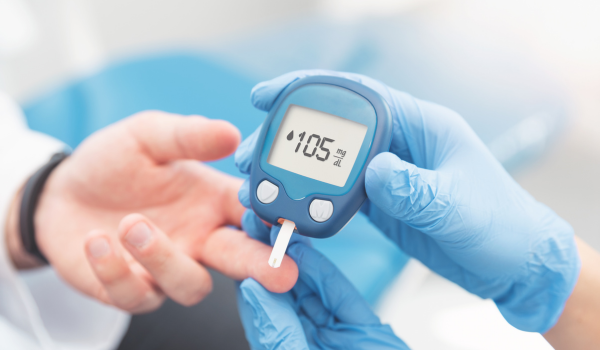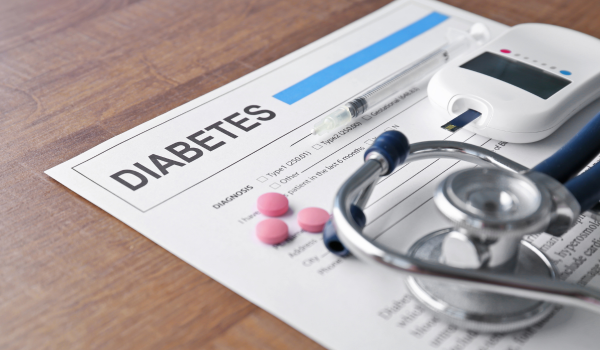
Why Treatment Matters
Diabetes mellitus is a chronic disease that requires continuous management. Without treatment, persistently high blood sugar damages the heart, kidneys, eyes, nerves, and immune system. Fortunately, advances in medicine and a better understanding of lifestyle factors have provided multiple treatment strategies.
The goals of treatment are to:
-
Keep blood sugar within a healthy range.
-
Prevent both short-term and long-term complications.
-
Improve quality of life and longevity.
Diabetes treatment is not one-size-fits-all. It depends on the type of diabetes, age, lifestyle, overall health, and personal preferences.
Lifestyle Foundation
Lifestyle modification is the cornerstone of all diabetes treatment plans. Even when medications or insulin are necessary, lifestyle changes remain essential.
-
Healthy diet: Focus on balanced meals with whole grains, vegetables, lean protein, and limited refined sugar.
-
Regular exercise: At least 150 minutes of moderate activity per week improves insulin sensitivity.
-
Weight management: Losing 5–10% of body weight can significantly improve glucose control.
-
Stress management: Chronic stress raises cortisol, worsening blood sugar control.
-
Adequate sleep: Poor sleep contributes to insulin resistance and appetite changes.
Lifestyle changes are often enough to control blood sugar in early stages of type 2 diabetes and play a crucial role in type 1 and gestational diabetes management.
Oral Medications
Oral medications are primarily used in type 2 diabetes. They work in different ways to reduce blood sugar.
Common classes include:
-
Metformin: The first-line drug that decreases glucose production in the liver and improves insulin sensitivity.
-
Sulfonylureas (e.g., glipizide, glyburide): Stimulate the pancreas to release more insulin.
-
Meglitinides: Similar to sulfonylureas but faster-acting.
-
Thiazolidinediones (e.g., pioglitazone): Improve insulin sensitivity in fat and muscle tissue.
-
DPP-4 inhibitors: Help prolong the activity of natural hormones that lower glucose.
-
SGLT2 inhibitors: Reduce glucose reabsorption in the kidneys, leading to glucose excretion in urine.
-
GLP-1 receptor agonists (injectable or oral): Mimic natural hormones to improve insulin release and reduce appetite.
The choice of medication depends on the patient’s blood sugar patterns, weight goals, cardiovascular health, and potential side effects.
Insulin Therapy
Insulin remains the mainstay of treatment for type 1 diabetes and is sometimes required in type 2 diabetes when other treatments fail.
Types of insulin include:
-
Rapid-acting insulin: Works quickly, usually taken before meals.
-
Short-acting insulin: Covers blood sugar rise after meals.
-
Intermediate-acting insulin: Provides baseline coverage during the day or night.
-
Long-acting insulin: Offers steady insulin release over 24 hours.
-
Ultra-long-acting insulin: Lasts up to 42 hours, reducing the number of injections needed.
Delivery methods vary from traditional syringes to insulin pens and insulin pumps. Pumps provide continuous delivery, closely mimicking the body’s natural insulin release.
Injectable Non-Insulin Drugs
Besides insulin, several injectable drugs help manage diabetes:
-
GLP-1 receptor agonists: Lower blood sugar, promote weight loss, and protect the heart.
-
Amylin analogs: Used alongside insulin to control post-meal blood sugar spikes.
These medications are often prescribed when oral drugs are insufficient or when patients need additional support in weight management and cardiovascular protection.
Blood Sugar Monitoring
Monitoring is a critical part of treatment. Patients must know how their bodies respond to food, exercise, stress, and medications.
Options include:
-
Finger-prick glucose meters: Provide spot checks throughout the day.
-
Continuous glucose monitors (CGMs): Measure glucose levels in real time through a sensor under the skin.
-
HbA1c testing: Performed every 3–6 months at clinics to assess long-term glucose control.
Regular monitoring allows timely adjustments in diet, medication, or insulin dosing.
Diet Management
Nutrition is a powerful tool for controlling diabetes. The key principles include:
-
Carbohydrate control: Counting carbs helps prevent large glucose spikes.
-
Low glycemic index foods: Whole grains, legumes, and non-starchy vegetables help keep glucose steady.
-
Balanced meals: Combining carbs with protein and healthy fats slows absorption.
-
Portion control: Prevents overeating and weight gain.
Some patients benefit from structured diets such as the Mediterranean diet or DASH diet, both proven to support heart and metabolic health.
Exercise Benefits
Physical activity improves insulin sensitivity and helps the body use glucose efficiently.
-
Aerobic exercise: Walking, cycling, or swimming strengthens the heart and lowers glucose.
-
Strength training: Builds muscle mass, which increases glucose uptake.
-
Flexibility and balance exercises: Yoga and stretching reduce stress and prevent injuries.
Consistency is more important than intensity—small daily movements add up to major health benefits.
Weight Control
Excess weight, especially around the abdomen, is a key driver of insulin resistance. Treatment strategies for weight include:
-
Lifestyle interventions: Diet and exercise remain first-line strategies.
-
Medications: Some diabetes drugs also promote weight loss (e.g., GLP-1 agonists).
-
Bariatric surgery: In severe obesity, weight-loss surgery can improve or even reverse type 2 diabetes.
Weight management not only improves glucose control but also lowers risks of heart disease and joint problems.
Managing Stress and Sleep
Stress hormones like cortisol raise blood sugar. Similarly, poor sleep increases insulin resistance. Treatment plans often include:
-
Relaxation techniques such as meditation, yoga, or deep breathing.
-
Sleep hygiene practices: consistent schedule, reducing screen time before bed.
-
Addressing sleep apnea if present.
Managing these factors is as important as diet and exercise in controlling blood sugar.
Preventing Complications
Treatment is not only about lowering blood sugar—it also focuses on preventing complications. Doctors often prescribe additional medications such as:
-
Blood pressure drugs: To protect the kidneys and heart.
-
Cholesterol-lowering drugs (statins): To reduce cardiovascular risks.
-
Low-dose aspirin: In certain high-risk patients to prevent heart attack or stroke.
Regular eye exams, foot care, and kidney function monitoring are essential in comprehensive treatment.
Gestational Diabetes Treatment
For pregnant women, treatment involves:
-
Diet adjustments to control blood sugar.
-
Exercise appropriate for pregnancy.
-
Insulin therapy if diet and exercise are not enough.
Treating gestational diabetes reduces risks for both mother and baby and prevents future complications.
Patient Education
Education empowers patients to take control of their health. Diabetes self-management programs teach:
-
How to monitor glucose.
-
How to count carbohydrates.
-
How to adjust medication around meals and exercise.
-
How to recognize and treat low blood sugar (hypoglycemia).
Informed patients are more likely to succeed in managing diabetes long term.
Future Treatments
Advancements in technology and medicine continue to improve diabetes care:
-
Artificial pancreas systems that combine CGMs with insulin pumps.
-
New drug classes targeting both glucose and weight management.
-
Stem cell research aiming to regenerate insulin-producing cells.
While still developing, these innovations promise even more effective treatment in the coming years.
Why a Holistic Approach Wins
The most effective treatment for diabetes combines medications, insulin when necessary, and lifestyle changes. Each element supports the other: medications control glucose, lifestyle reduces the need for drugs, and monitoring ensures safe adjustments.
By addressing diet, exercise, stress, and medical therapy together, people with diabetes can live healthier, longer, and more fulfilling lives.


